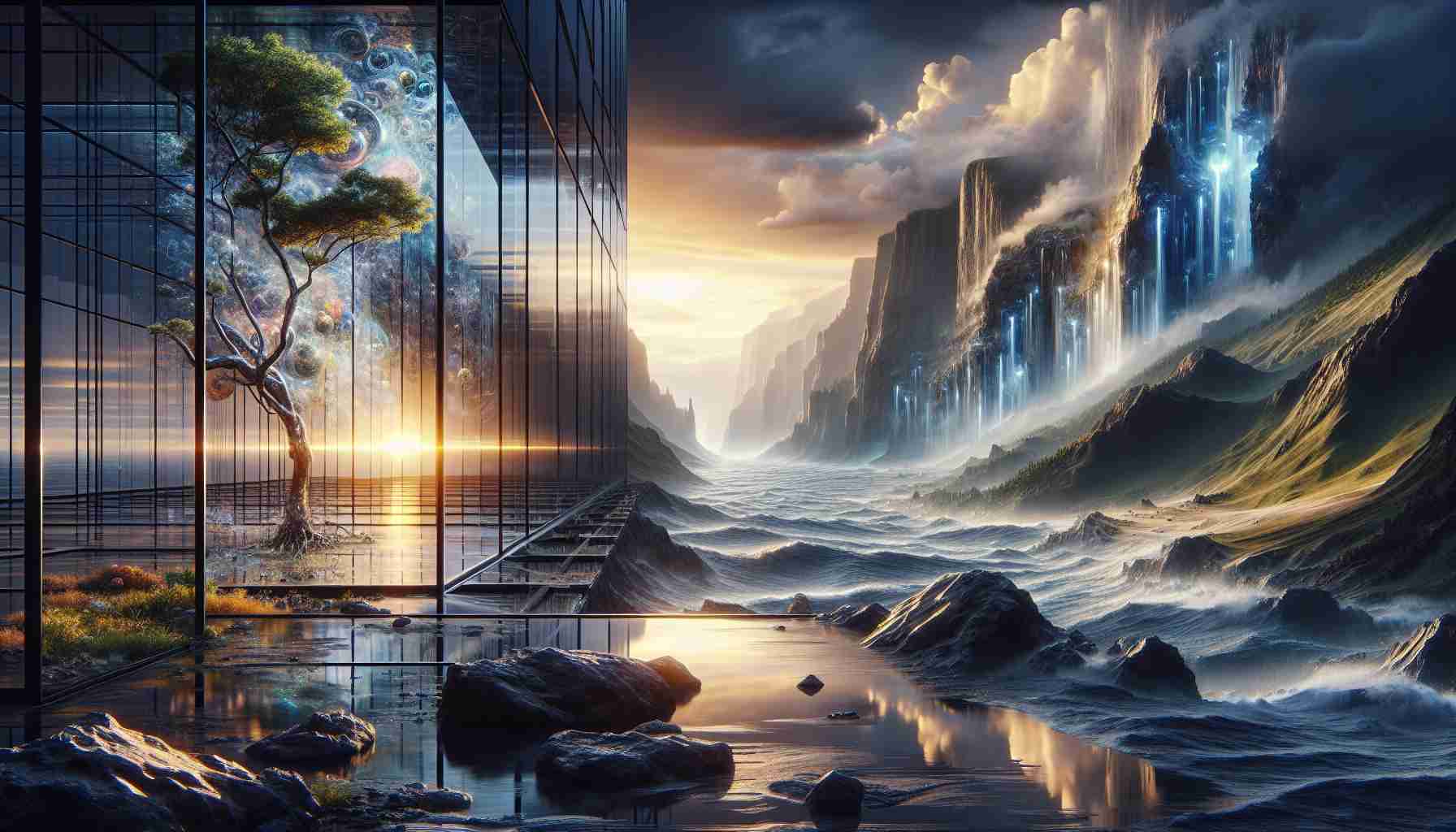Unlocking the vast potential of AI in design, what was once a time-consuming task requiring expert skills can now be achieved in moments. Despite some controversies, AI’s capabilities are undeniable, offering significant cost reductions and rapid project turnarounds, which help brands captivate audiences more effectively. According to Depositphotos’ Creative Trends 2025 report, changing audience aesthetics—partly due to AI art—are transforming visual communication landscapes.
AI art excites creative industries as Depositphotos’ recent keyword search analysis reveals increasing interests in AI aesthetics among a global client base. This distinctive art form often merges dreamy visuals with realism, employing artistic principles like color theory and the golden ratio, crafting visually enchanting ‘magic.’
Here are five innovative ways to elevate your brand’s aesthetic with AI:
1. Blend New with Familiar: Brands can experiment with new visual styles without losing their identity. AI tools facilitate this blend, aligning established branding with trending aesthetics like Noir and Wabi-Sabi.
2. Amplify Storytelling: AI-generated visuals captivate by presenting multi-layered compositions. These visually intriguing collages can narrate compelling stories instantly.
3. Engage with User-Generated Content: Encourage your audience to use AI tools for creating content. This boosts engagement and interaction, exemplified by campaigns that leverage audience-generated designs.
4. Explore New Social Media Aesthetics: Brands must swiftly adapt to their audience’s preferences on social platforms. Emerging styles like hyper-sentimentalism and surrealism could lead to more impactful social media presence.
5. Mix Technologies: Combining CGI, 3D, and AI can result in cost-effective and visually stunning content tailored to various needs. This multi-layered approach allows for greater creative flexibility.
By harnessing AI’s power, brands can remain at the forefront of visual innovation, tapping into evolving consumer tastes and technological advancements.
Unveiling the Shadows of AI in Design: Future, Pros, Cons, and Controversies
In the dawn of digital artistry, Artificial Intelligence (AI) has quickly become a transformative force, promising a new era of design possibilities. While its potential is undeniably vast—transforming intricate design into instantaneous results—it’s crucial to explore aspects not often highlighted. To understand AI’s full impact on humanity and technology, let’s dive deeper into this exciting yet controversial subject.
A New Dimension in Creativity
AI is revolutionizing creative industries by enabling the fusion of art and machine precision. This goes beyond simple task execution to generate unprecedented styles of artwork that were unimaginable a decade ago. The synthesis of the “familiar” with the strikingly “new” allows brands to sustain relevance while pioneering innovation.
Excitement Amidst Controversies
The enthusiasm surrounding AI art is matched by its controversies. Critics argue that AI-generated works can lack the emotional depth or ‘soul’ inherent in human artistry. Moreover, the concept of ownership and authorship becomes blurred—who owns an artwork created by an AI tool fueled by countless pre-existing human works? This aspect raises ethical questions within the artistic and legal communities.
Impact on Employment and Skills
Does AI threaten the livelihood of designers? While automation can reduce the need for human input, it equally stimulates demand for new skills. Designers are now challenged to harness AI tools, elevating their roles from executors to strategists and visionaries—an evolution rather than an eradication.
Environmental Considerations
Less talked about is the environmental impact of AI technologies. The carbon footprint associated with running powerful AI models is significant and may counterbalance the economic and time efficiencies AI offers. This raises awareness about finding a sustainable approach to integrating AI in design processes.
Advantages and Disadvantages
Pros:
– Efficiency and Cost-Effectiveness: AI reduces time and expenses, allowing designers to focus on more creative aspects.
– Endless Creativity: Enhanced capabilities lead to unprecedented creations that push the boundaries of traditional art.
– Audience Engagement: Utilizing novel AI-generated visuals can captivate audiences and build stronger brand identities.
Cons:
– Job Market Disruption: The potential to replace human roles poses a threat to job security in the creative sector.
– Quality Concerns: The absence of a human touch may lead to homogeneous outputs lacking the uniqueness of human artistry.
– Ethical Dilemmas: Issues of credit, compensation, and the potential misuse of AI-created content remain unresolved.
Where Are We Headed?
The journey AI in design has embarked on could be seen as both a blessing and a challenge. As technology advances, it remains paramount to foster discussions around ethical boundaries, environmental impacts, and societal implications. Could AI become a collaborator rather than a competitor? The harmony between artificial and human creativity could ultimately dictate the success or downfall of this technological marriage.
For those seeking more information on AI’s expansive role in various sectors, visit OpenAI. As we keep pushing the boundaries of what’s possible, the future holds unknown but exciting potential for AI’s role in our lives.
